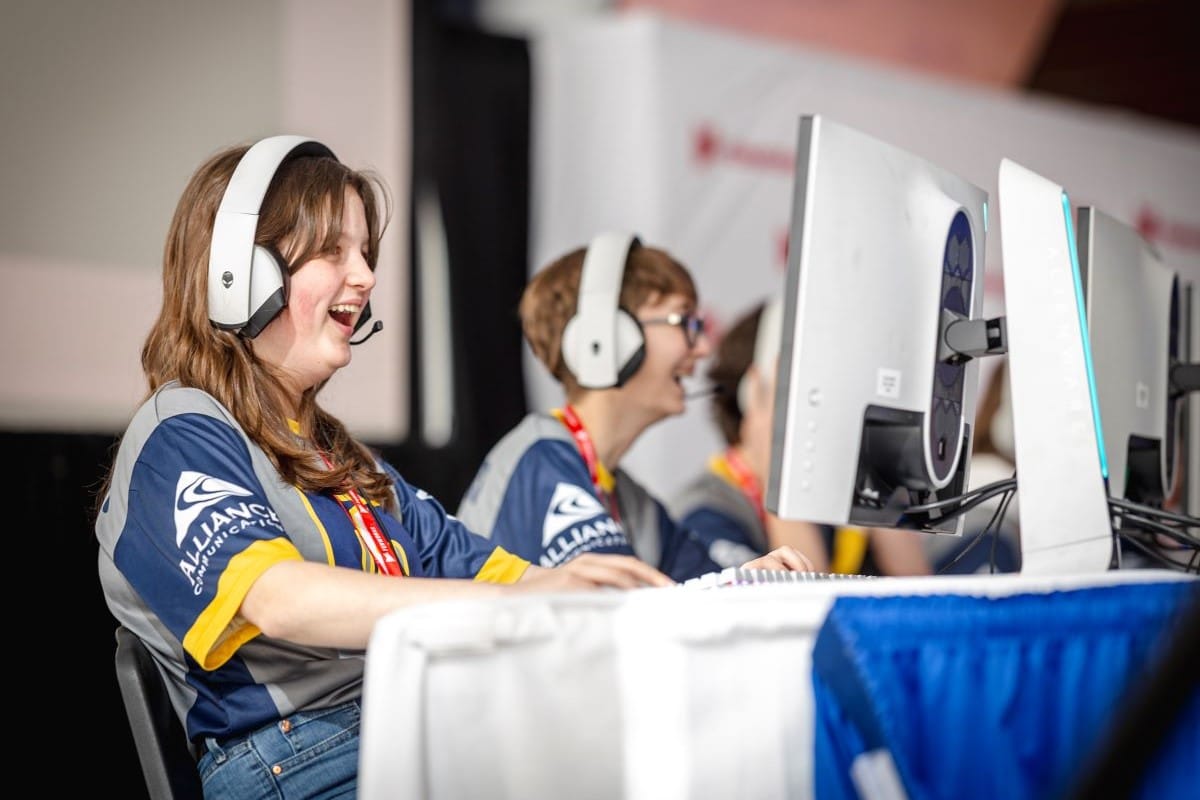Ladies and gentlemen, esteemed educators, administrators, and dedicated mentors,
Thank you for taking the time to join me in this discussion today as we embark on a journey to explore the transformative power of high-tech after-school activities in our educational settings. As we stand on the cusp of a new era, it is imperative that we embrace the wave of technological advancements, not just within the confines of our classrooms but extending into the invaluable time our students spend after school.
Our vision is a bridge between the traditional classroom and the future of sport. We can construct a landscape where dreams are coded into reality, futures are designed with ingenuity, and opportunities are grown through high-tech activities. Today, I want to share with you a world that goes beyond textbooks and traditional classroom settings – a vision that taps into the digital age, where innovation and creativity thrive.
Let’s talk about how a high-tech space can be a part quality time and conversations about communication and teamwork.
Imagine your students having these experiences at their schools. A room buzzes with the collective energy of high school students deeply engrossed in an activity. The sharp clicks and clacks of mechanical keyboards blend with the quick communications and callouts. Each gaming computer emits a colorful RGB glow, casting shadows across the faces of the players. The students share laughter and friendly banter, creating an atmosphere of camaraderie and passion in their computer lab. And win or lose, they do it as a team. Groaning with disappointment or cheering with excitement, they look to each other to learn and grow.
Let us acknowledge the transformative power of technology in fostering a love for learning. High-tech after-school activities provide a dynamic environment where students can explore their motivations, be it coding, robotics, or digital arts. In these spaces, they are not just learners; they are creators, experimenting with ideas and pushing the boundaries of their imagination. This is what feeds into the future of a job market that is yet to be fully defined or understood.
The esports industry isn’t just about being a pro gamer. Behind the main stars, individuals can pursue roles as coaches, analysts, and team managers, focusing on the supportive aspects of competitive gaming. Careers in game development, IT support, and network engineering offer a chance to work for publishers in creating and maintaining those games. Marketing specialists, event coordinators, and public relations professionals can find roles in promoting events and managing brand partnerships. Content creators, commentators, and social media managers play a pivotal role in community engagement and audience growth.
Beyond the acquisition of technical skills, these activities instill critical thinking, problem-solving, and collaboration – skills that are indispensable in the ever-evolving landscape of the lives of our youth.
The increasing digitalization of the job market underscores the importance of equipping students with essential digital skills for future success. According to the National Skills Coalition, a staggering 92% of jobs now require digital proficiency, yet one-third of workers lack these foundational skills, highlighting a significant skills gap. Programs akin to esports can foster much-needed digital competencies in an engaging manner, providing students with hands-on experience in a variety of tech-related fields in a cost-effective manner.
Looking ahead, the U.S. Bureau of Labor predicts the addition of over a million STEM jobs from 2022 to 2032. High-tech after-school activities, therefore, not only cater to current educational needs but also strategically prepare students for a future job market that is increasingly reliant on STEM capabilities. By participating in these activities, students gain a competitive edge, ensuring they are well-prepared and adaptable for the diverse opportunities that await them in the future.
We are not merely preparing our students for jobs; we are preparing them to be resilient, adaptable individuals who can navigate a world of constant change as technology continues to evolve faster than ever.
Moreover, consider the profound impact on student engagement and attendance. When learning becomes a thrilling adventure, students are more likely to show up, eager to uncover the mysteries that lie within the realm of technology. Esports acts as a magnet, drawing students in with the promise of discovery and hands-on experiences doing something they are passionate about that can transcend the traditional confines of the classroom.
As we delve into this exciting frontier, let us not forget the emotional aspect of education. These high-tech activities have the power to kindle a fire within each student, a passion that transcends grades and assessments. Teammates are constantly communicating with one another during competition to adjust strategies during the match to find the most effective tactic available for victory. The trust and synergy students must have with one another is enough to rival any traditional sports environment. It is in these moments of exploration that we witness the blossoming of self-confidence, as students realize their potential to shape the world around them. Together through these interactions and shared experiences, they create a community that allows them to flourish and find a place to call home at school.
There’s been a tremendous amount of success stories coming from these students in just a few short years. Small rural schools compete against bigger city schools. Rivalries that create an unforgettable experience and bond. I’ve seen online friends meet for the first time at our events, excitedly matching faces to online gamertags. In just this short time, I love the memories we’ve helped to create for hundreds of students across our region.
These facts and stories are meant to be an opportunity to bridge the gap from one generation to another. Let us embrace this paradigm shift with open hearts and minds. The benefits of high-tech after-school activities are not just measured in lines of code or intricacies of circuitry; they are measured in the spark that lights up a student’s eyes, in the unbridled joy of discovery, and in the uncharted territories of potential that we unlock.
Together, let us pave the way for a future where our students don’t just navigate technology; they become the architects of the future, armed with the skills, creativity, and resilience needed to thrive in a world where the only constant is change. Thank you for your dedication, your passion, and your unwavering commitment to the bright minds that look to us for guidance.
Starting a high school esports program can be surprisingly simple, beginning with a conversation to gain administrative support and designating a faculty advisor to oversee student involvement. Funding often comes from a combination of school activities budgets, local business sponsorships, and creative fundraising initiatives like gaming tournaments or booster club events. Next step is internal recruitment of interested student competitors and then organize regular training sessions to build students’ technical skills and team cohesion. As you start competing, remember to celebrate achievements both big and small, while nurturing the club’s growth through expanded roles, and cultivating a supportive community of parents, teachers, and local partners.
For more information, please contact Fenworks at info@fenworks.com







